Top 5 Exercises Not to Do
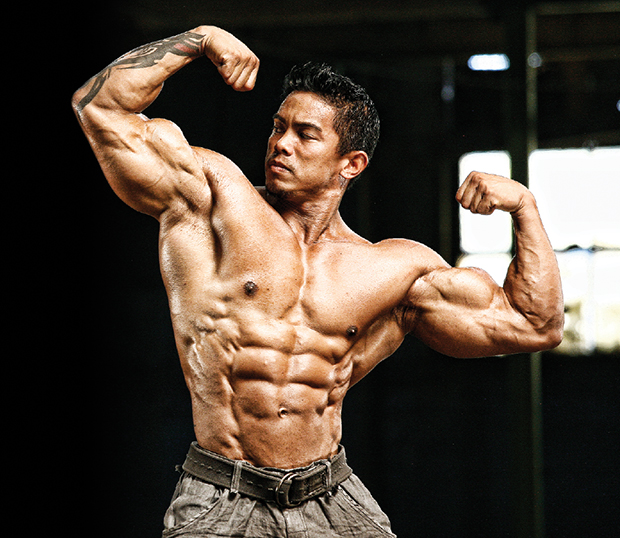
I remember when I first started hitting the gym 30 years ago. I would scour the muscle magazines, review the workouts of all the top pros, and examine which exercises they did in the hopes of improving my own workouts. It was overwhelming; some exercises targeted the muscle effectively, while others just didn’t. A very common training article in magazines was an exposé piece that brought to light the exercises that were considered high risk for injury and wise to avoid. I’m sure you’ve read such articles—the ones that demonize behind-the-neck pressing or preach against the cardinal sin of performing upright rows. It was an easy piece for authors to slap together—so easy, in fact, that an article with the “injury angle” was almost guaranteed to be printed at least every six months. But I’ve never seen an article that revealed the exercises that an athlete must avoid in order to attain the proportion and symmetry that are pleasing to the eye. In a sport that is purely based on attractive lines, I always found it strange that no one had gone into detail and described the exercises that detract from a godlike silhouette. This particular feature will break this silence. Sit back, relax, and sip on a low-carb protein shake because what I’m about to tell you is likely to have you scrambling to change your current workout routine.
Before we get into the exercises not to do while on the quest for the perfect physique, we need to understand the attributes of such a physique. When viewing an athlete’s form, the immediate traits that come to mind are symmetry, proportion, pleasing lines, and a V-taper/X-frame. Unfortunately, many involved in the bodybuilding world use the words “symmetry” and “proportion” incorrectly. The subjective nature of the sport demands that we review these terms.

Symmetry
Symmetry is the comparison of the left and right side of the body. Perfect symmetry would mean the left and right sides are perfect mirror images of each other. For example, when judging an athlete with symmetry in mind, one would ensure that both sets of biceps have identical peaks, quads would have identical sweeps, and lats would flare out in unison. A competitor with a torn pec would not have perfect symmetry. Essentially, if you were to take a picture and fold it in half, everything would match up. Symmetry refers to the body being in stereo with zero fade between the channels.
Proportion
Proportion is a unique quality completely separate from symmetry. Proportion compares one body part to a different body part to ensure that a subjective ideal ratio is met. An example of this occurs when an athlete is described as being “top heavy.” I’m certain you’ve seen bodybuilders with barrel chests supported by pipe cleaners for legs. It just doesn’t look right! If we were to look at females, I could give the example of breast implants that are too big. When a female competitor has to lift her breasts up to reveal her abs, she’s gone too far. This may be fine for the bedroom, but in the world of physical perfection, one should look for proportion and not caricature-like features. Joe Weider actually had an “ideal proportion chart” that precisely described the ideal measurements in relation to other body parts. In this chart, the perfect physique is described as having biceps and calves identical in measure. You may want to check it out, as it’s quite interesting. Remember, proportion is about the comparison of one body part to another with the end goal that one body part does not overpower another body part, and everything is in harmony.
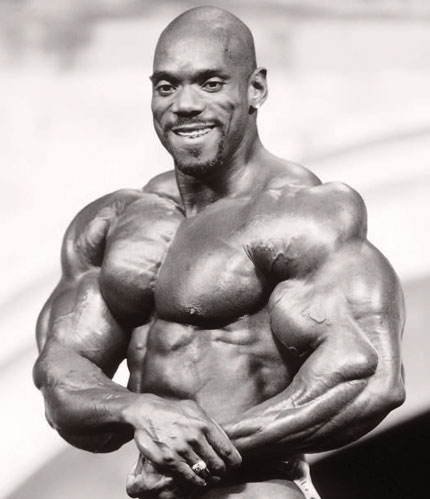
Pleasing Lines
This trait refers to flow, and how one body part joins another. What we are looking for here is a smooth transition between body parts. This trait is acquired with hours of “detail training.” Angular or abrupt transitions are distracting; think about calves that insert higher up and look like a ball compared to calves that are full and insert at the ankle. Which one is more pleasing? How about lats that insert high up and just pop out compared to lats that insert lower down near the waist and flare out like a cobra about to strike. Pleasing lines favour the lats that insert lower.
V-Taper and X-Frame
These qualities can be considered one and the same. However, in its truest sense, “V-taper” could succinctly describe the look of a men’s physique athlete, as this category isn’t judged below the waist. “V-taper” is the term used to describe an imaginary line that begins with a small tapered waist and then rises upwards and ends in wide shoulders. This imaginary line resembles the letter “V.” An X-frame would continue below the waist; a bodybuilder’s silhouette would resemble the letter “X,” but only if the shoulders were wide, the waist small, and the quads large and flaring. If you had to compare V-taper and X-frame to a more recognizable figure, think of Marilyn Monroe and her hourglass figure. The take-home is that it’s the silhouette that presents us with these highly sought-after attributes.
You should have an idea which traits encompass an ideal physique, and you should already being doing exercises that will enhance these traits. The list of exercises I present below should not be in your exercise routine, or at least should be done in limited or targeted fashion. I know I will most likely get hate emails or lose a few friends on my Facebook page but below is my list of the worst exercises if your goal is aesthetic perfection:
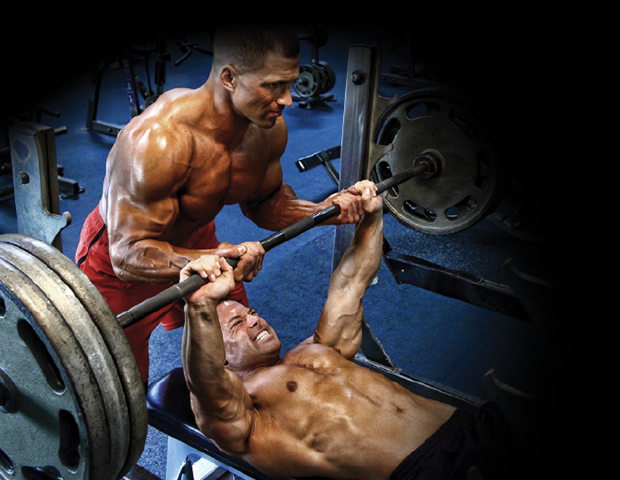
Flat Barbell Bench Press – The Symmetry Killer
Ask any veteran in your gym what the number one cause of a pec tear is, and I will bet you my intra-workout shake that they will tell you it’s the flat barbell bench press. We can all agree that a guy pressing 500 pounds is pretty impressive, but is it really necessary for bodybuilding purposes? I would have to strongly argue that it isn’t. Leave the heavy stuff to the powerlifters, where poundage matter and symmetry doesn’t. The bench press provides a poor contraction at the flex, and the risk-to-benefit ratio just doesn’t make sense when heavy weight is used. My suggestion is to pick up a pair of heavy dumbbells and fine-tune the movement with your hands.
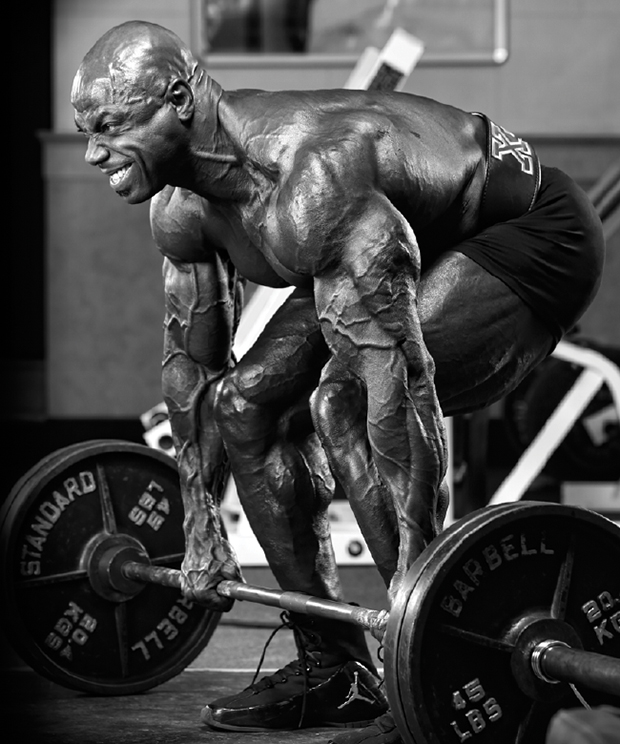
Deadlifts – Kiss your V-Taper Goodbye
The only thing I have ever attained from a heavy deadlift was a sore lower back. That’s the truth. I’ve rarely done them in 30 years of lifting. I’ll put them in my clients’ training programs if they need them, but otherwise I normally leave them out. The problem with deadlifts, as they relate to V-taper, is that going heavy week in and week out is a sure way to increase your waist size. When I say heavy, I mean heavy weights maxed out at under 6 reps, done weekly. There is no need for it unless your goal is to destroy your shoulder-to-waist ratio. Look to rows and pull-downs and their variations for ultimate back development.
Side Bends – Taper? What Taper?
I’m not sure why this is such a go-to exercise for newbies. Do they think it will spot-reduce the spare tire away? Maybe it’s because it’s an easy exercise to perform. I’m really at a loss as to why anyone would do this waist destroyer. Avoid side bends (and their equally evil cousin, the lying side leg lift) like you would a shaker cup left inside a car on a hot summer day. Side bends are a great way to blow out your obliques and turn your X-frame into an H-frame. If you want to tighten up your waist, you’ll need to tighten up your diet. Side bends are such a malicious exercise that I think I put two inches on my waist just writing this article—damn you, MUSCLE INSIDER!

Decline Bench Press – Revolting Proportion
A massively built chest is a sight to behold. Not only does it look great shirtless, but when covered with a shirt, it still commands attention. But too much of a good thing leads to an out-of-proportion caricature. I know why gym rats love the decline; they can pile on the weights and they only have to move the bar two inches. Such a feat will draw attention, but don’t let your ego guide you to the decline bench. It’s a great way to overdevelop the lower pec line, and if overdone will give you more overhang than Dolly Parton. Trust me. It just doesn’t look right. Overdeveloped pecs will appear droopy, and that’s the last thing you want when developing a chiselled, rock-hard chest. My advice to you is to stick with a flat dumbbell movement done in a sweeping arc range of motion. This will provide more even pec development, which will complement your delts and arms.

Crunches – The Birth of Sigourney’s Alien
Now I know you must think I’m crazy. Really, I’m not. I’m sure you see abs that have that unsightly vertical split. The technical name for this condition is diastasis recti, and it occurs when the abs separate on the vertical centre line and deviate to the sides. A sure way to achieve this state is to perform weighted stretching crunches on a Roman chair. It won’t happen all of the sudden, but over time it will. Competitors who have diastasis recti will always look like they have blown-out stomachs even if they possess a tiny waist. I’ve always seen crunches as a questionable exercise. Why? Because abs are earned in the kitchen. It’s extremely rare for a competitor to have poor abs. If you see a competitor onstage who is missing abs, it’s due to one of two factors: They don’t have the proper mind-to-muscle connection to flex their abs properly, or they are fat. Fix your diet and leave heavy stretching and crunches to the space aliens.

Shrugs – What, Me Worry?
The surest way to narrow the look of broad shoulders is to own an exaggerated set of traps. Imagine the silhouette of the “V” where the top portion is straight across (resembling an inverted triangle). If you were to change the “V” into a diamond shape, you would visually lose the original width of the “V.” Traps do make an athlete look powerful, but in the world of aesthetics, big traps are a death sentence. To prevent overbearing traps when viewed from the front, you should limit heavy shrugs and emphasize heavy rows. This exercise will create massive traps (mid-back area) when viewed from the rear but will only provide unfocused growth to the portion of the traps that are viewed from the front. Leave the shrugs to wrestlers, where powerful traps are an asset.
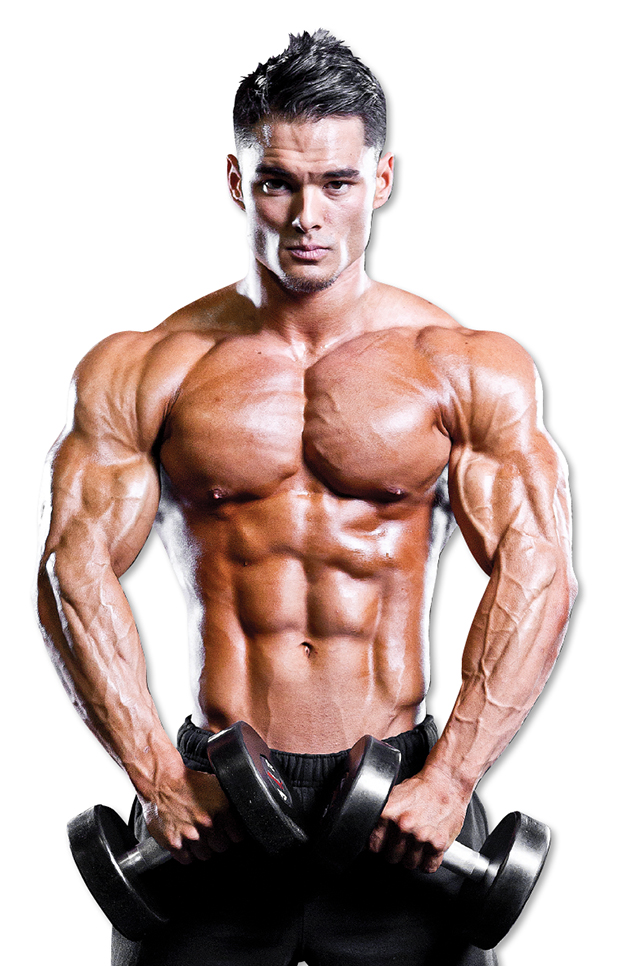
I trust you’ve learned a few training tips today. I’m positive you were probably shaking your head in disbelief, but you need to realize that exercise selection is paramount to creating an eye-catching physique. If you don’t believe me, look at Mr. Olympia Frank Zane. This man is considered the model from which the new men’s classic physique is derived. Zane methodically chose his exercises over decades with physical perfection in mind, and so should you.
Well there you have it, the WORST exercises you can do. Alternatively, here's an article about the BEST exercises for each bodypart so you don't get discouraged!

